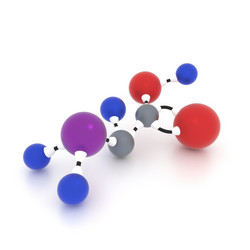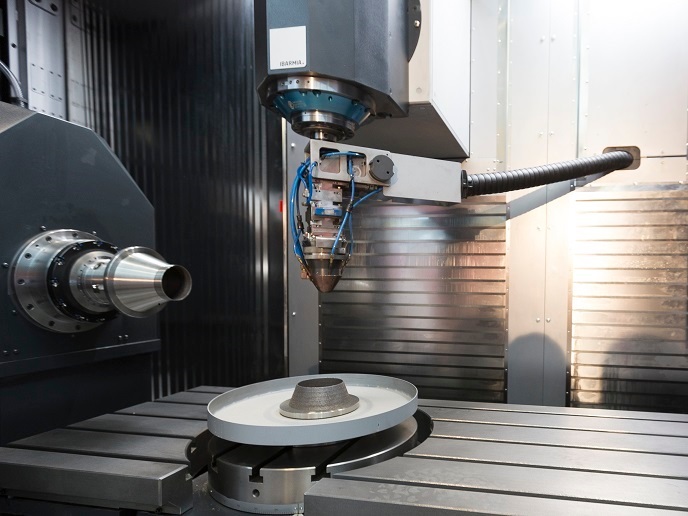Life's building blocks recreated in the laboratory
Decades of astronomical observations have revealed that the interstellar medium contains large amounts of ions, radicals, and small and larger molecular species. On the other hand, laboratory studies and astrochemical models point to a complex interplay between gas phase and solid state. In particular, many organic molecules, including amino acids, are expected to form in icy dust grains under ultraviolet irradiation or interaction with cosmic rays. Still, the interpretation of observations is difficult because the measurements were performed ex situ. Dedicated laboratory experiments are needed to understand the solid-state astrochemical processes responsible for the molecular complexity in the interstellar medium. This was the aim of the EU-funded project NATURALISM (Novel analysis toward understanding the molecular complexity in the interstellar medium). To achieve this, the NATURALISM team used a new experimental set-up, recently constructed and now producing its first data: the Mass-Analytical Tool for Reactions in Interstellar Ices (MATRI2CES). This ultra-high vacuum system simulates conditions in cold, dark interstellar clouds. Specifically, low-temperature solid-state chemistry is initiated by a microwave-powered hydrogen discharge lamp that mimics the radiation that originates in space from cosmic rays. Such lamps were used to study the photochemistry in interstellar ice analogues. The capabilities of MATRI2CES were demonstrated by the kinetic analysis of different photoproducts of methane ice at a temperature of 20 degrees Kelvin. Convincing evidence was also found for the formation of species with more than four carbon atoms. Ethanediol, also known as ethylene glycol, is one of the largest complex organic molecules detected in space to date. NATURALISM scientists built a set of spectroscopic parameters to facilitate searches for this molecule at millimetre and submillimetre wavelengths. The data gathered will be helpful for identifying ethanediol and other molecules with radio telescope arrays such as the Atacama Large Millimeter Array (ALMA). Together with ALMA's remarkable sensitivity, astronomers will be able to open the treasure chest of the Universe's most efficient factories for complex organic molecules.







